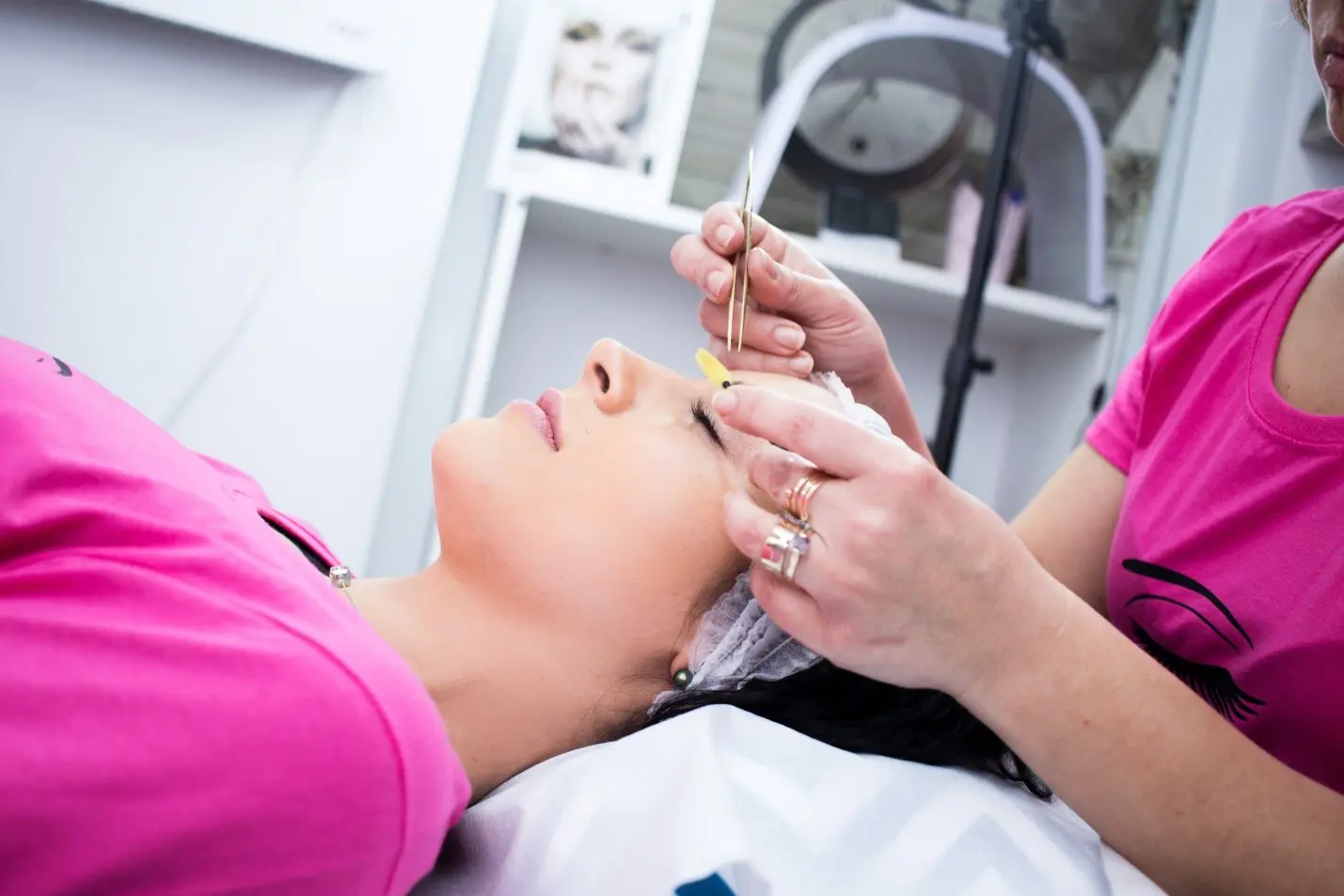
There is no denying that cosmetic dermatology has reached new heights in the past few years. Skin and hair problems that once seemed unsolvable or goals that once seemed unreachable are now accessible and easily achievable by everyone. The advancement in the treatment methods and various procedures in the cosmetic dermatology field has not only taken everyone by surprise but has also gained popularity worldwide.
Nowadays, people from around the world are willing to and some even spend hundreds and thousands of dollars on cosmetic procedures that can help them achieve the skin they desire or enhance their appearance. Not only are cosmetic procedures great for improving your look and boosting your self-confidence, but they also treat various serious skin problems that are impossible to be treated once.
One treatment that is gaining a lot of popularity in the cosmetic dermatology world today is chemical peels. Chemical peels are now widely used among the adult population as they can help you achieve smoother and more glowing skin. If you are also tired of textured and scarred skin, then you might want to look into chemical peels and how theywork.
So without further ado, here is all you need to know about chemical peels to understand the science behind them.
What is a Chemical Peel?
A chemical peel is a cosmetic procedure or treatment method that is applied directly on your face, neck, and hands. The procedure involves using chemical solutions applied to your target area that help remove layers of skin from there to reveal a youthful, more fresh, and smoother layer from underneath. The purpose of chemical peels is to enhance your skin’s appearance and help get rid of various skin problems.
What Problems Can You Treat Using Chemical Peels
As mentioned above, chemical peels are used to treat various skin issues on your face, neck, and hands. They are basically applied to improve the appearance of your skin but they can also help treat various skin problems, such as:
- Reduce fine lines around the mouth area and under the eyes
- Reduce spots, freckles, and age spots
- Get rid of dark patches (melasma) that are caused by pregnancy or birth control pills
- Reduce wrinkles caused by aging
- Reverse sun damage
- Improve the feel of your skin – get rid of texture
- Treat various types of acne
- Get rid of scars (such as acne scars)
- Treat uneven skin tone and redness
The Science Behind Chemical Peels
Chemical peels are a revolutionary treatment method, and there is a lot of (not very complicated) science behind them. Let’s examine the different types of chemical peels to understand the science behind them.
Types of Chemical Peels
Light or Superficial
Light or superficial chemical peels are basically mild; hence, the name "light" – and are also known as "lunchtime." These peels are used to only show subtle improvements and are often done in a series of sessions. In this type of chemical peel, doctors use mild acids like alpha-hydroxy acid, then gently exfoliate the skin.
This gently penetrates the skin and then helps remove the outermost layer of your skin. This can be the perfect choice for you if you have acne scars, uneven skin tone, and fine wrinkling, as it can help you achieve a healthy glow. This type of chemical peel takes a few hours to a few days at maximum to recover – while no downtime is required.
Medium
Medium chemical peels are a little more intense than light chemical peels as they help remove the outermost layer as well as the upper part of the middle skin layer. A medium chemical peel uses trichloroacetic or glycolic acid, which can penetrate and reach the middle layer of your skin.
This is best to remove damaged skin cells, and it can be the best choice for you if you have scarring, fine to moderate wrinkles, and age spots. The recovery time for medium chemical peels is over a week and also requires some downtime.
Deep
This is the most intense chemical peel that also gives the most dramatic results. Deep chemical peels often use chemicals like trichloroacetic acid or phenol that can reach the middle layer and penetrate it to remove dead cells. Acids in this chemical peel reach the lower middle layer, which is what helps treat extensive sun damage, deep acne scars, precancerous growths (actinic keratosis), and blotchy skin.
Deep chemical peels are extensive and require up to eight weeks of pretreatment. It is a one-time-only treatment that requires a longer downtime and also has a significant downtime. For a deep chemical peel, you need to be very specific with following your dermatologist’s instructions.
What to Expect from a Chemical Peel
Chemical peels are applied at a dermatologist’s clinic and the first thing they will make sure of is whether your face is cleaned or not. Then, they'll have your hair tied back, and your eyes protected using gauze or goggles. Thereafter, your dermatologist will then numb the target region using a topical anesthetic (especially if you are going for a deep peel). In some cases, they may also use a regional anesthetic to numb larger areas. Next, they will gently treat your face and neck. In case of deep peel, you will probably be given an IV, and your heart rate will also be closely monitored.
Should You Get A Chemical Peel?
A chemical peel is one of the most effective cosmetic dermatological treatments that can help you achieve your desired results in a short time. If you want to improve your appearance and want to look like a better version of yourself, then you can go for a chemical peel. However, don't forget the procedure is not recommended for people with abnormal skin scarring or skin conditions that make your skin extra sensitive. So be careful and follow your dermatologist’s opinion!
SunCoast Skin Solutions Dermatology offices are located in Tampa / Hillsborough, St. Pete / Pinellas County, Brandon, Lutz, Winter Haven, Largo, Hudson, Leesburg, Riverview, Brooksville, Clearwater, Ocala, Palm Harbor, Daytona Beach, Sarasota, Punta Gorda, Seminole, Florida. Contact us at 1-844-786-3376 or click here.

Recent Comments